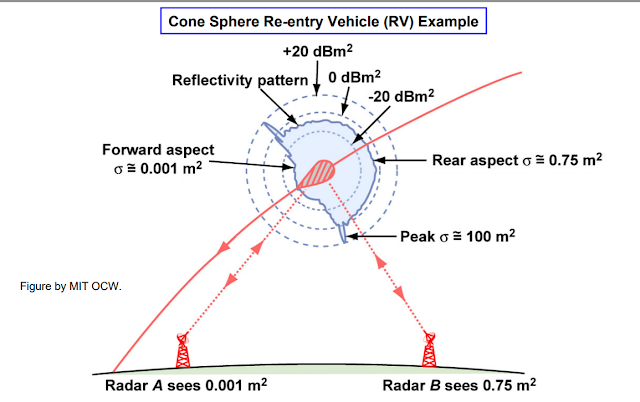Prashant12
New Member
- Joined
- Aug 9, 2014
- Messages
- 3,027
- Likes
- 15,002
Maiden night trial of Ballistic Missile Defence a success
After the target missile was fired in an automated operation, the radar-based system detected and tracked the ballistic missile.
BHUBANESWAR:India on Sunday scripted history by successfully conducting first night trial of its indigenously developed Ballistic Missile Defence (BMD) system in salvo mode from a defence facility off Odisha coast.Defence sources said the hot standby interceptor missile capable of destroying enemy weapon system at high altitude of above 100 km was flight tested at about 8.05 pm against a target missile fired from a warship anchored in Bay of Bengal.
The made-in-India anti-ballistic missile, dubbed as Prithvi Defence Vehicle (PDV), blasted off from the launching complex-IV of Abdul Kalam Island a few minutes after the target, a modified version of Prithvi ballistic missile, took off from the warship.“It is a significant milestone achieved in the direction of developing a two-layered BMD system. Both target and interceptor were successfully flight tested. The data generated during the trial is being analysed,” said a defence official.
After the target missile was fired in an automated operation, the radar-based system detected and tracked the ballistic missile. The computer network with the help of data received from radars predicted the trajectory of the incoming ballistic missile and provided requisite command to fire the interceptor missile. Both the PDV interceptor and the two-stage target missile equipped with motors have been specially developed for the BMD mission. The target has been developed for mimicking a hostile ballistic missile approaching from more than 2000 km away.
The test of the next generation state-of-the-art interceptor missile, developed by DRDO, was aimed at engaging the target in the exo-atmosphere region. All events were monitored in real-time by telemetry and range stations at various locations.The DRDO has been focusing on high altitude interceptor missile because of its advantage. If an incoming missile is intercepted at a high altitude, the debris would not fall on the ground and there would be no collateral damage, the official informed.
It was the third test of PDV. While the interceptor missile was first tested on April 27 2014, the second trial was conducted on February 11 last year.With the anti-ballistic missile system, India has entered an exclusive club of four nations which have a robust BMD system. The other three countries are US, Russia and Israel.
http://www.newindianexpress.com/sta...listic-missile-defence-a-success-1876351.html
After the target missile was fired in an automated operation, the radar-based system detected and tracked the ballistic missile.
BHUBANESWAR:India on Sunday scripted history by successfully conducting first night trial of its indigenously developed Ballistic Missile Defence (BMD) system in salvo mode from a defence facility off Odisha coast.Defence sources said the hot standby interceptor missile capable of destroying enemy weapon system at high altitude of above 100 km was flight tested at about 8.05 pm against a target missile fired from a warship anchored in Bay of Bengal.
The made-in-India anti-ballistic missile, dubbed as Prithvi Defence Vehicle (PDV), blasted off from the launching complex-IV of Abdul Kalam Island a few minutes after the target, a modified version of Prithvi ballistic missile, took off from the warship.“It is a significant milestone achieved in the direction of developing a two-layered BMD system. Both target and interceptor were successfully flight tested. The data generated during the trial is being analysed,” said a defence official.
After the target missile was fired in an automated operation, the radar-based system detected and tracked the ballistic missile. The computer network with the help of data received from radars predicted the trajectory of the incoming ballistic missile and provided requisite command to fire the interceptor missile. Both the PDV interceptor and the two-stage target missile equipped with motors have been specially developed for the BMD mission. The target has been developed for mimicking a hostile ballistic missile approaching from more than 2000 km away.
The test of the next generation state-of-the-art interceptor missile, developed by DRDO, was aimed at engaging the target in the exo-atmosphere region. All events were monitored in real-time by telemetry and range stations at various locations.The DRDO has been focusing on high altitude interceptor missile because of its advantage. If an incoming missile is intercepted at a high altitude, the debris would not fall on the ground and there would be no collateral damage, the official informed.
It was the third test of PDV. While the interceptor missile was first tested on April 27 2014, the second trial was conducted on February 11 last year.With the anti-ballistic missile system, India has entered an exclusive club of four nations which have a robust BMD system. The other three countries are US, Russia and Israel.
http://www.newindianexpress.com/sta...listic-missile-defence-a-success-1876351.html



